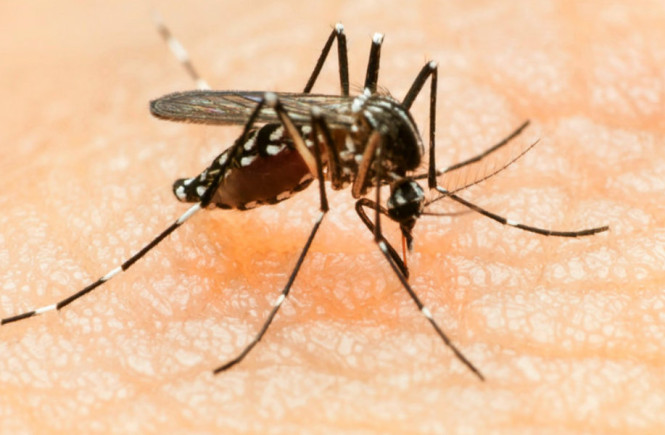The World Health Organization, yesterday, declared Zika Virus a Public Health Emergency of International Concern. WHO also said protective measures against mosquito bites remain the most important preventive measure against the virus.
Margaret Chan, the WHO Director General, said at a press briefing in Geneva, that a coordinated international response is needed to intensify the control of mosquito and expedite development of diagnostic tests.
Therefore, there is even greater reason for us to know all about Zika virus in order to prevent it.
Key facts
Zika virus disease is caused by a virus transmitted by Aedes mosquitoes.
People with Zika virus disease usually have a mild fever, skin rash (exanthema) and conjunctivitis. These symptoms normally last for 2-7 days.
There is no specific treatment or vaccine currently available.
The best form of prevention is protection against mosquito bites.
The virus is known to circulate in Africa, the Americas, Asia and the Pacific.
What is Zika virus infection?
Zika virus infection is caused by the bite of an infected Aedes mosquito, usually causing mild fever, rash, conjunctivitis, and muscle pain.
History of Zika Virus
The virus was isolated for the first time in 1947 in the Zika forest in Uganda. Since then, it has remained mainly in Africa, with small and sporadic outbreaks in Asia. In 2007, a major epidemic was reported on the island of Yap (Micronesia), where nearly 75% of the population was infected.
On 3 March 2014, Chile notified PAHO/WHO that it had confirmed a case of indigenous transmission of Zika virus on Easter Island, where the virus continued to be detected until June 2014.
In May 2015, the public health authorities of Brazil confirmed the transmission of Zika virus in the northeast of the country. Since October 2015, other countries and territories of the Americas have reported the presence of the virus.
Symptoms of Zika Virus
The most common symptoms of Zika virus infection are mild fever and exanthema (skin rash), usually accompanied by conjunctivitis, muscle or joint pain, and general malaise that begins 2-7 days after the bite of an infected mosquito.
One out of four infected people develops symptoms of the disease. Among those who do, the disease is usually mild and can last 2-7 days. Symptoms are similar to those of dengue or chikungunya, which are transmitted by the same type of mosquito. Neurological and autoimmune complications are infrequent, but have been described in the outbreaks in Polynesia and, more recently, in Brazil.
How is Zika virus transmitted?
Zika virus is transmitted to people through the bite of an infected Aedes mosquito. This is the same mosquito that transmits dengue and chikungunya.
Can it be transmitted through blood or sexual contact?
In general, the Zika virus needs a vector (a means of transportation) to infect people. That vector is the mosquito. The virus has also been isolated in semen, and one case of possible person-to-person sexual transmission has been described, but not confirmed.
Treatment of Zika Virus
Treatment consists of relieving pain, fever, and any other symptom that inconveniences the patient. To prevent dehydration, it is recommended to control the fever, rest, and drink plenty of water. There is no vaccine or specific drug for this virus.
Who is at risk of Zika infection?
Anyone not previously exposed to the virus and who lives in an area where the mosquito is present, and where imported or local cases have been reported, may be infected. Since the Aedes mosquito is found throughout the Region (except in continental Chile and Canada), it is likely that outbreaks will occur in other countries that have not yet reported any cases.
Prevention of Zika Virus
Mosquitoes and their breeding sites pose a significant risk factor for Zika virus infection. Prevention and control relies on reducing mosquitoes through source reduction and reducing contact between mosquitoes and people.
This can be done by using insect repellent; wearing clothes (preferably light-coloured) that cover as much of the body as possible; using physical barriers such as screens, closed doors and windows; and sleeping under mosquito nets. It is also important to empty, clean or cover containers that can hold water such as buckets, flower pots or tyres, so that places where mosquitoes can breed are removed.
Special attention and help should be given to those who may not be able to protect themselves adequately, such as young children, the sick or elderly.
During outbreaks, health authorities may advise that spraying of insecticides be carried out. Insecticides recommended by the WHO Pesticide Evaluation Scheme may also be used as larvicides to treat relatively large water containers.
Travellers should take the basic precautions described above to protect themselves from mosquito bites.






1 comment